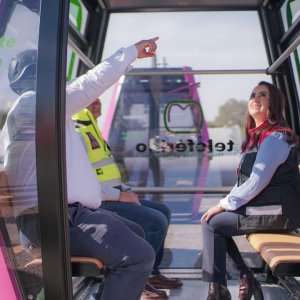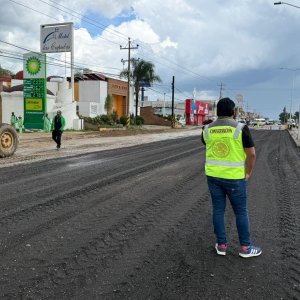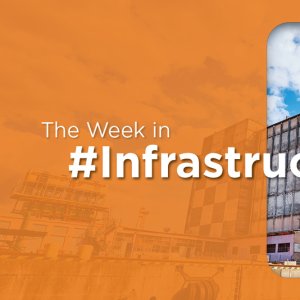HVM, HIM Methodologies for More Structured Development

STORY INLINE POST
Q: What does Mexico need to do to improve its transport and industrial-oriented infrastructure?
A: Mexico needs to change its approach to planning and developing these kinds of projects. This country is used to solving problems and meeting demands rather than planning for the long term and generating demand. We must start planning ahead of demand so that Mexico stops building roads when a connection between two points is already needed, schools when children already need them and industrial complexes when foreign companies have already arrived. The country must start thinking of the present while planning for the future through major infrastructure projects. This can be achieved by approaching the development of real estate and infrastructure projects holistically.
Q: How do JA Group’s Holistic Vision Model (HVM) and Holistic Infrastructure Model (HIM) help both sectors overcome these issues?
A: These models diverge from the premise that the whole is much more than the sum of its parts. There is no point in developing social, educational and economic programs in a fractured way because doing so does not add up to sustainable growth and development. HVM works as a navigation chart that guides social and economic development in the middle and long term by coordinating the efforts of both sectors for mutual gain. HIM is the application of this holistic vision to the development of infrastructure. This entails the use of tools like PMI, Balance Scorecard and LEAD to make the development of construction projects more efficient and integral.
Q: What are the main challenges that JA Group has faced when implementing these models?
A: First, the lack of knowledge about these models and their advantages is challenging. State and city governments are in office for a short term, which makes the implementation of long-term projects difficult. When new state and federal administrations enter office, there is rarely continuity for projects begun by previous administrations. All government levels need to understand that the best legacy projects are those that are continued across terms. Also, civil society needs to empower itself and push for the respect of trans-sexennial continuity.
Q: How will international trade through Nuevo Laredo be 185 improved through the application of HVM and HIM?
A: Around 43 percent of Mexico’s global trade crosses through this single dry port. The challenge is convincing Laredo and Nuevo Laredo to take advantage of their trade importance to promote economic and social development. It is necessary to ease the trans-border crossing of freight. Nuevo Laredo needs to create infrastructure that promotes the manufacturing sector. There are great carriers, customs agents and logistics operators but they do not really contribute to the value chain.
Q: How does the application of these models make value chains more resilient against harmful macroeconomic trends?
A: JA places the strategic development initiatives and intercompany cooperation projects in mathematical simulators and bombards them with variables. We assess how these projects will react before all kinds of political, economic and social factors to come up with possible outcomes that help mitigate or overcome potential harm. The variables tested can include everything from the results of NAFTA renegotiations to possible terrorist and cyberattacks and educational and religious factors. Planners and developers should consider all kinds of internal and external factors, or they will end up merely patching up projects when issues arise and they have no action plan. For instance, an integral vision of the supply chain helps each economic player understand how it can add value in each step of the supply chain. Considering everything from intermodal infrastructure and customs to kindergartens for workers’ children enables each link to maximize its participation in the value chain























